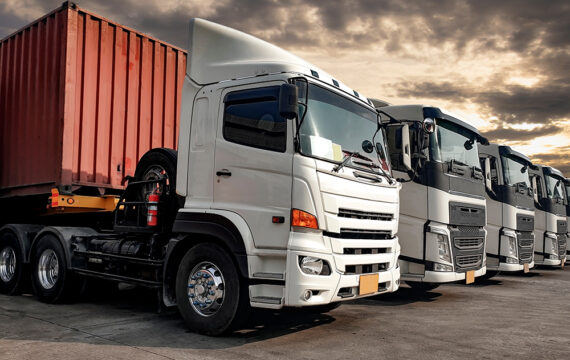Utilize real-time data with our custom solutions to track and oversee the movement of freight throughout your entire supply chain, provide complete visibility, streamline the physical transportation of goods, and ensure that shipments comply with relevant regulations.
- Services
-
AI-Enabled EngineeringAccelerate product delivery through AI-enabled software development that improves efficiency, reduces costs, and elevates team performance.
-
Innovation HubInnovation isn’t about jumping on the latest tech bandwagon. It’s about harnessing the right technology to tackle the real-world challenges our clients and employees face every day.
-
Technology ConsultingTechnology consulting services that help your business prepare for what’s next: Digital strategy, AI readiness, next-gen software architectures and modernization services.
Featured Services -
- Industries
- About
- Insights
- Careers


















